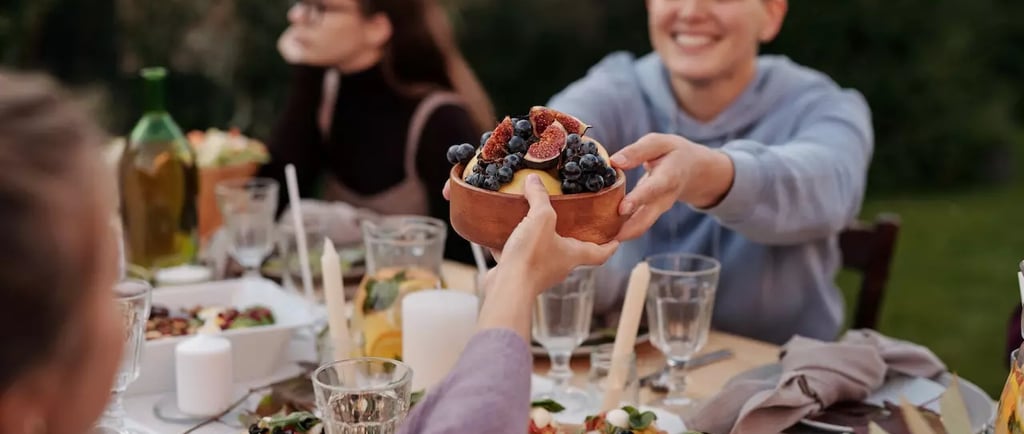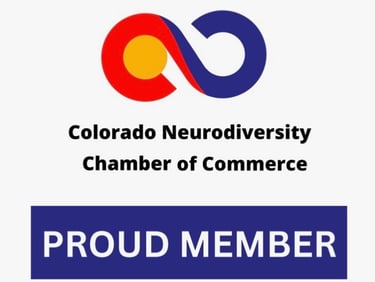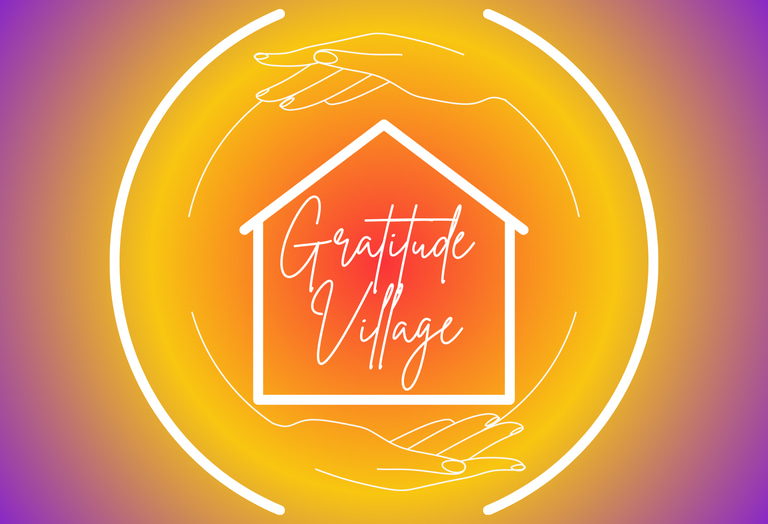Zoom Info Session January 6, 2026 5:00-6:00 PM MT
The Loneliness Cure Is Next Door: Why Cohousing Works
Cohousing is a modern answer to one of our oldest needs: human connection. Imagine a neighborhood where you wave to your neighbors every morning because you actually know them, where shared meals happen often, and where kids play freely in safe, car-light courtyards. At its heart, cohousing is a small-scale neighborhood built for connection, with private homes plus shared common spaces that invite community to flourish. Instead of isolation, cohousing offers a return to something deeply human—belonging.
Gratitude Village
8/7/20254 min read


If you’ve felt the ache of disconnection—the kind that lingers even in a crowd—you’re not alone. According to the U.S. Surgeon General, nearly half of American adults report feeling lonely on a regular basis, and the health effects are startling. Chronic loneliness is now linked to a 29% increased risk of heart disease and even a 32% higher risk of stroke. In fact, the Surgeon General’s office warns that loneliness is as harmful to our health as smoking fifteen cigarettes a day. But there’s good news: the cure for loneliness may be closer than you think. And it starts with neighbors who know your name.
Cohousing is a modern answer to one of our oldest needs: human connection. Imagine a neighborhood where you wave to your neighbors every morning because you actually know them, where shared meals happen often, and where kids play freely in safe, car-light courtyards. At its heart, cohousing is a small-scale neighborhood built for connection, with private homes plus shared common spaces that invite community to flourish. Instead of isolation, cohousing offers a return to something deeply human—belonging.
“When people come together with intention, we don’t just build housing—we build community.” – Charles Durrett, architect and cohousing pioneer
The benefits go far beyond warm feelings. Research shows that community living dramatically improves well-being. A study from the University of California found that people who engage in regular, meaningful social interaction live an average of 7.5 years longer than those who remain isolated. In Denmark, where cohousing began, 96% of residents report knowing their neighbors well, compared to just 26% in traditional suburban neighborhoods. It turns out, the simple act of connection changes everything: it boosts mental health, strengthens resilience, and even saves lives.
Why Cohousing Works
Part of the magic lies in its design. Traditional suburban neighborhoods often separate people with fences, garages, and cul-de-sacs, while cohousing communities are designed to bring people together naturally. Front porches face shared greenspaces and courtyards instead of driveways or roads. Common houses—with kitchens, dining rooms, guest rooms and cozy gathering spaces—invite neighbors to share meals, host movie nights, or simply connect over coffee. Sidewalks and green spaces encourage casual conversations that grow into deep friendships.
For families, it means raising children in a “village” where trusted adults are always nearby. For older adults, it offers a supportive environment that reduces the risk of loneliness and makes aging in place a real possibility. For singles or couples without children, it’s the chance to live in a neighborhood that feels less like a subdivision and more like an extended family. In cohousing, help is never far away, and neither is laughter.
Life in Gratitude Village
Here in Colorado, Gratitude Village is bringing this vision to life. We’re creating a Net Zero, multigenerational, fully accessible, mixed-income cohousing community where connection, sustainability and affordability are the foundation of every decision. Our neighborhood will feature energy-efficient Passive House homes and vibrant shared spaces: a common house with an expansive kitchen for shared meals, lush community gardens, a hearth room for quiet reading or conversation, and playgrounds where children can safely play within view of their neighbors.
But what truly sets Gratitude Village apart is its people. Imagine this: on a Thursday evening, the smell of homemade soup drifts from the Common House kitchen, where neighbors gather for dinner. Afterward, kids run to the playroom while adults linger, chatting over tea. In the garden, a few neighbors pick tomatoes for the next day’s meal, while others head to the co-working space to finish a project. These are the rhythms of everyday life in cohousing—not orchestrated, just natural.
“Belonging isn’t built by accident—it’s designed into every path, porch, and potluck.” – Gratitude Village Founding Member
A Solution We Can Build Together
Loneliness isn’t just an individual problem—it’s a societal one. And while technology has connected us in some ways, it has also deepened the sense of isolation many people feel. Cohousing is a bold response to that trend, proving that neighborhoods can be designed not just for efficiency, but for empathy.
Gratitude Village isn’t reinventing the wheel. Across the country, communities built on the cohousing model are thriving. Residents report feeling safer, happier, and more supported. They swap babysitting duties, share tools instead of buying duplicates, and show up for each other in ways that most traditional neighborhoods simply don’t. When someone is sick, meals appear at their door. When there’s a birthday, everyone’s invited. In cohousing, you don’t just live near people—you live with them in a way that creates trust, joy, and a sense of “home” that goes far deeper than four walls.
Why Now?
We are living in a moment of urgent need: skyrocketing housing costs, environmental crises, and an epidemic of disconnection. Gratitude Village is our local answer. By combining sustainable, universal design, mixed-income housing, and intentional community, we’re creating a model that’s good for people, good for the planet, and good for Colorado’s future.
The question is no longer “can cohousing work?”—it’s “are you ready to be part of it?”
Your Invitation to Belong
The loneliness epidemic is real—but so is the cure. And it’s waiting right next door. At Gratitude Village, we’re not just building a housing development. We’re building a neighborhood where kids grow up surrounded by care, where older adults age with dignity and support, and where every single person can walk outside and know they belong.
We’re inviting you to be part of this.
👉 Join our next info session and meet the neighbors who are reimagining what home can be.
👉 Or, become an Explorer Member today and help us lay the foundation for Colorado’s most connected community.
Because life isn’t meant to be lived alone. And at Gratitude Village, it never will be.
"Loneliness is as dangerous as smoking 15 cigarettes a day—but connection is the cure. Cohousing is how we bring it back."
COMMUNITY
Join us in embracing nature, diversity and connection.
Sustainability
DIVERSITY
info@gratitudevillageco.com
720-689-4821
© 2025. All rights reserved.
AFFORDABILITY
Gratitude Village Inc. is a 501(c)3 charitable corporation that values diversity, equity, and inclusion as essential to our mission
Subscribe to our Substack
Refund Policy




Gratitude Village is a Proud Member of these organizations
